
- 2023 Villa d'Este

- 2023 Villa d'Este
- Mileage n/a
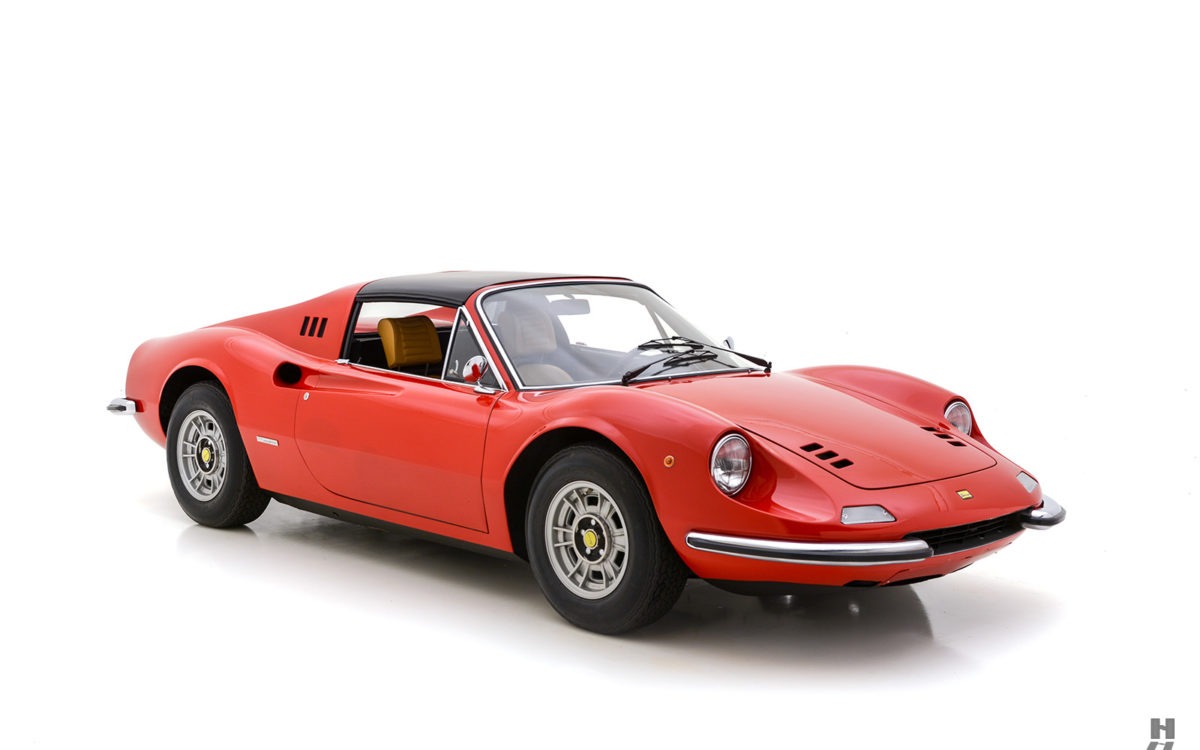
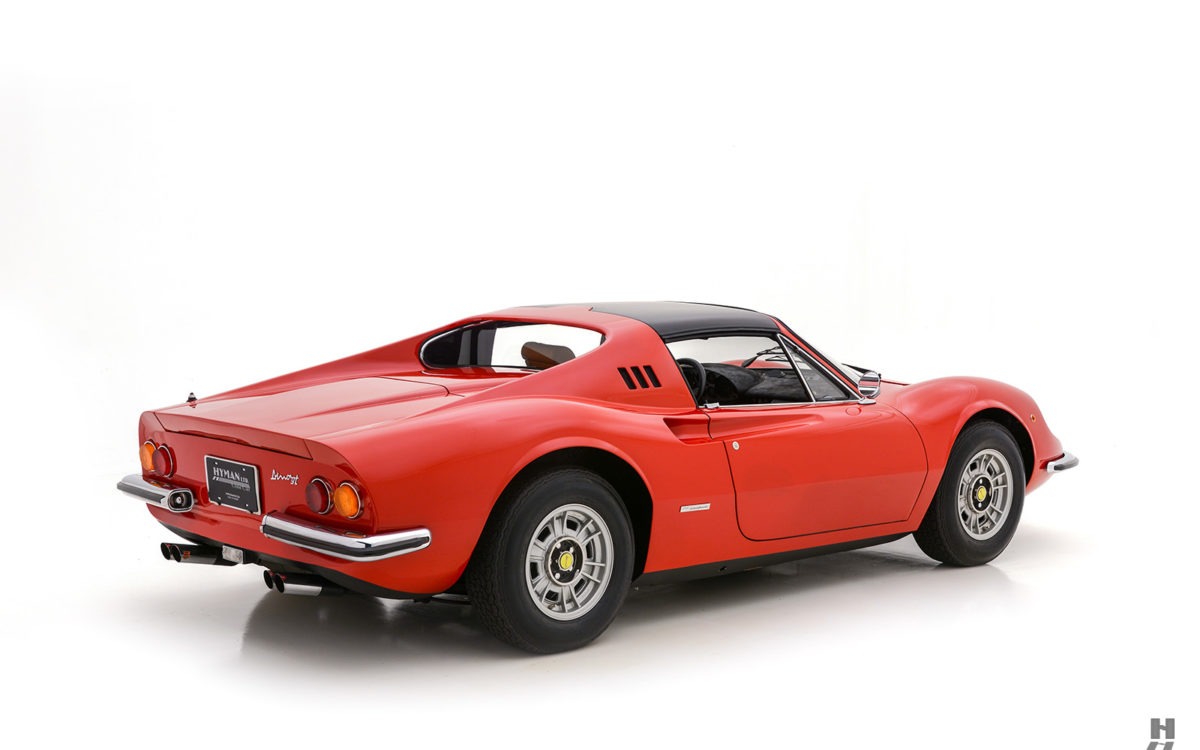
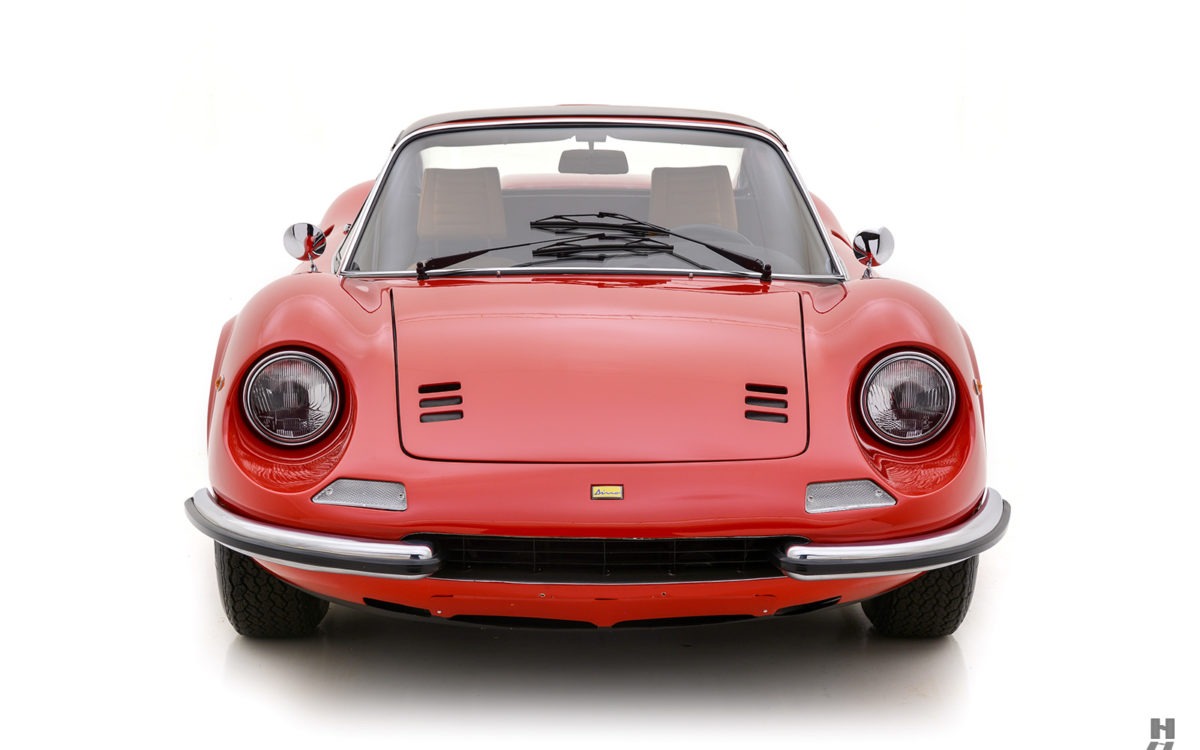
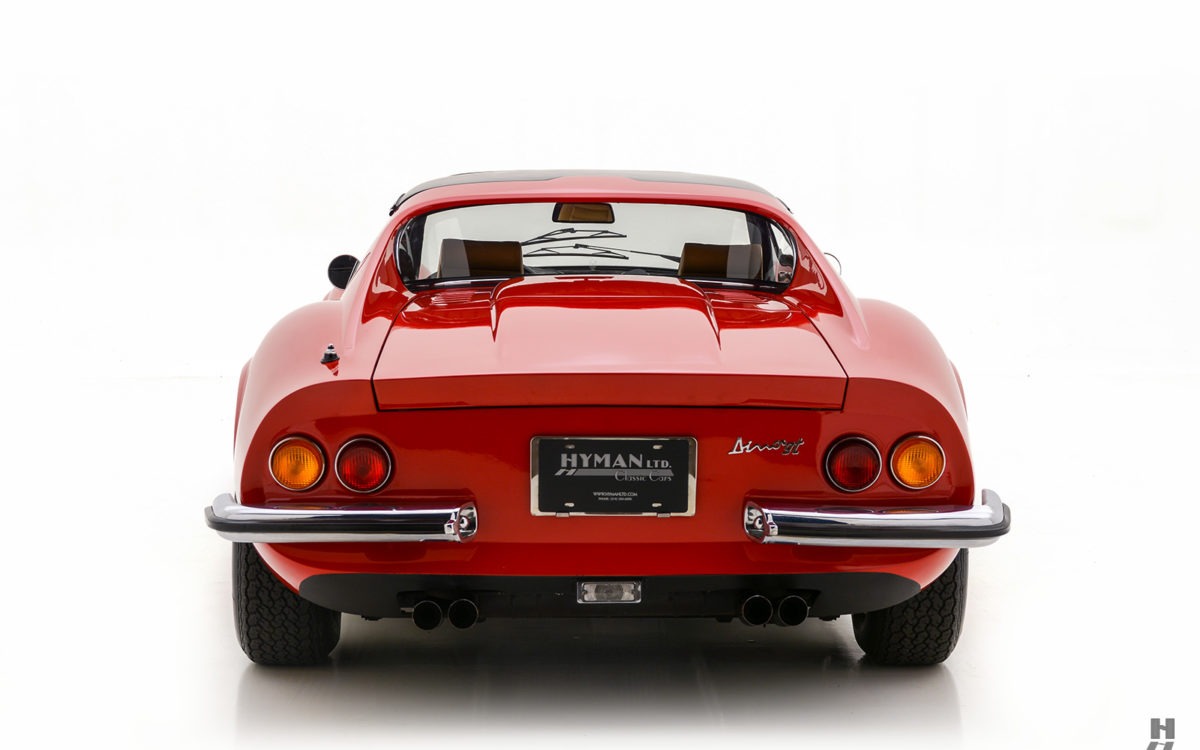
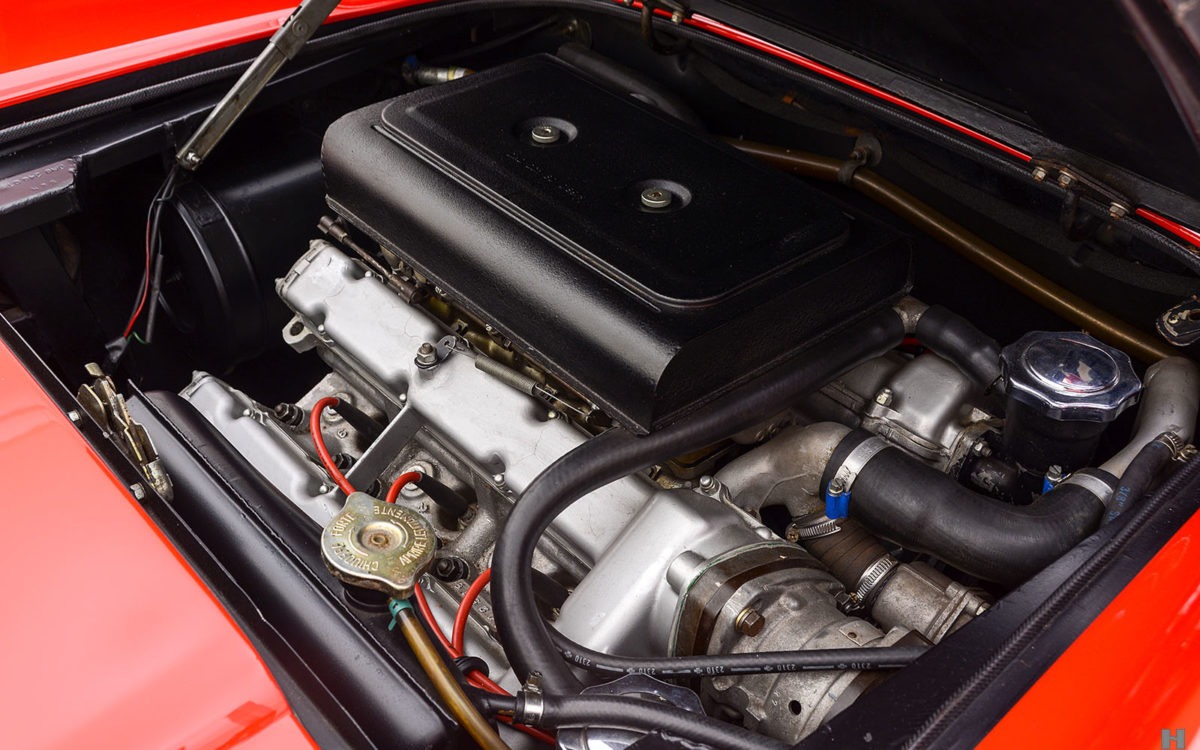
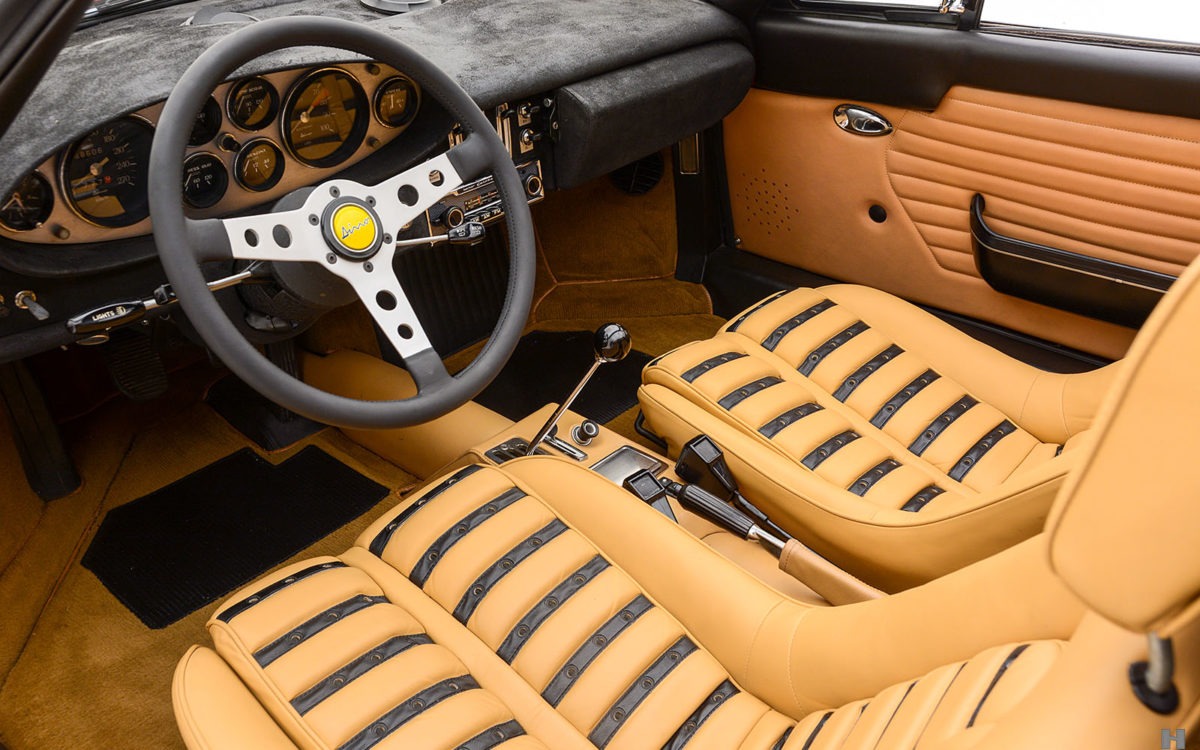






Late in the 1950s and into the early 1960s, Ferrari developed a series of V6 engines for Formula 1, Formula 2, and sports racing cars. As a budding engineer, Enzo’s young son Alfredo “Dino” Ferrari played an essential role in developing these engines and was a leading proponent of the V6 layout. The V6 proved to be very successful for Scuderia Ferrari in many forms of motorsport, including the 1961 Formula 1 season, where Phil Hill drove his 156 to a World Championship. Sadly, young Dino suffered from muscular dystrophy and passed away in 1956, never getting to see his efforts come to fruition. As a personal tribute to his late son, Enzo dictated that all future Ferrari V6 engines would carry the Dino name on the cam covers. Later in the decade, the V6 played a pivotal role in one of Ferrari’s most significant road car projects.
The Ferrari Dino 246 GTS: With the compact and versatile V6 in the company portfolio, talk of a junior-level Ferrari to take on the likes of Porsche and Jaguar resurfaced, even as the commercial failure of the ASA 1000GT was still fresh in everyone’s mind. This time, Ferrari was better prepared to produce a car that could compete head-to-head with vehicles like the new Porsche 911. The stars aligned in 1965 when changes to the Formula 2 rules called for a minimum of 500 engines be produced for homologation purposes. In turn, Ferrari struck a deal with Fiat boss Gianni Agnelli to supply powertrains for a new line of V6-powered Fiat sports car. The arrangement allowed Ferrari some time to develop their own sports car to suit the latest Dino-branded engine. Several prototypes and styling exercises hinted at what was to come, and Dino 206 GT production began in 1968. Aldo Brovarone and Leonardo Fiavoranti penned the stunning body at Pininfarina, and Scaglietti built the bodies out of aluminum. The motorsport-inspired design featured a tubular chassis and transverse, mid-mounted V6, making it the first volume production, mid-engine Ferrari road car. While it was fully developed in-house at Maranello, the car was marketed under the separate Dino brand name, devoid of all exterior Ferrari badging. After 154 vehicles, the 2.4-liter, steel-bodied 246 GT replaced the 206 GT. The buying public and motoring press alike fell head over heels for the 246 Dino, with near-universal praise for its gorgeous design, razor-sharp, kart-like handling, and superb engine. The Dino’s place in Ferrari lore is significant, as it signaled the start of a shift toward industrialized volume production methods. In recent years, Dino values skyrocketed as collectors appreciate this sublime little car as one of the best driver’s cars in Ferrari history, despite never officially carrying the storied Prancing Horse badge.
Photo courtesy of Hyman Ltd.




Missing or wrong informations?
Carrozzieri-Italiani.com relies on thousend of users who help to populate the database. We do not guarantee the accuracy of the informations. Contact us if you want to contribute.
